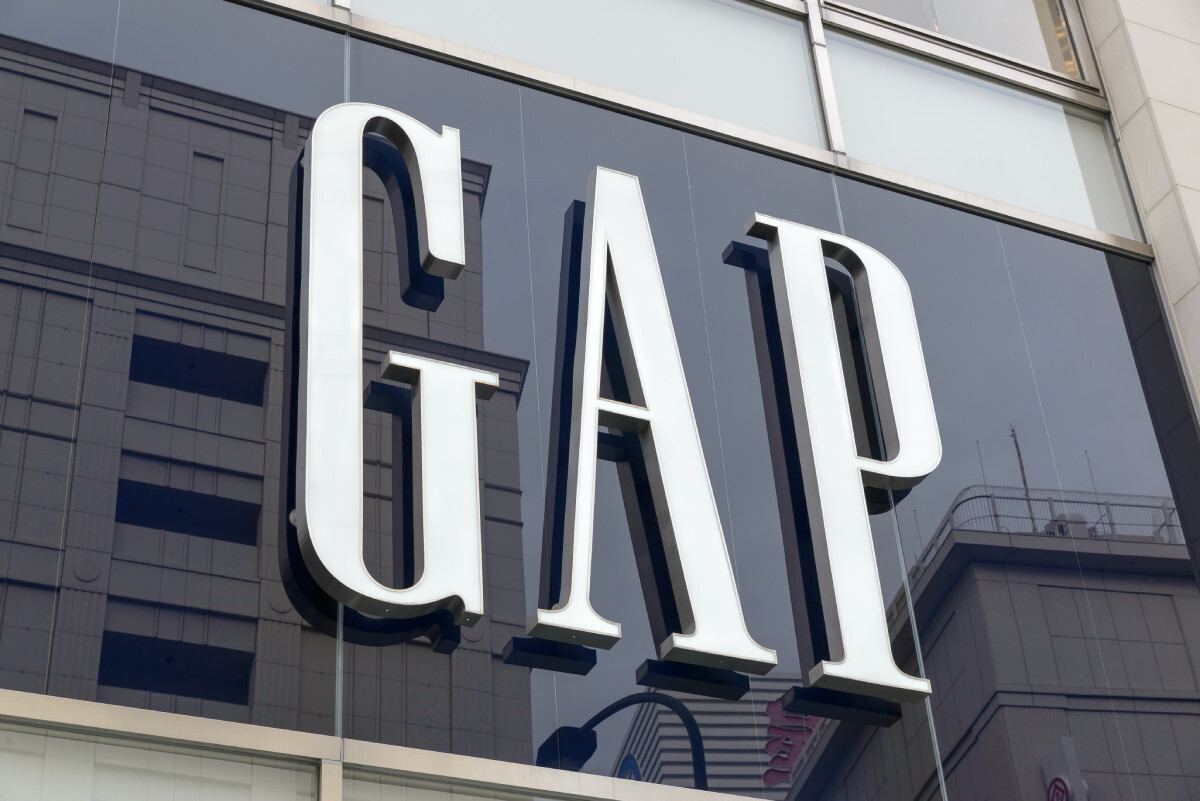
After a decades-long slump in which its brand had fallen out of favor with consumers across the globe, Gap (GAP) has been making a comeback under the leadership of CEO Richard Dickson, who was brought in last year to revitalize the company.
Its full-year profit hit $1.1 billion in fiscal 2024 — up more than 80% from the previous year – and its overall sales grew by 1%.
It then reported $3.5 billion net sales in Q1 for this year, a 2% increase from the prior.
And its gross margin was 41.8%, which was 60 basis points higher than the previous year.
This number is an especially welcoming sign to Wall Street.
“They are growing that 1% on the highest gross margins that they have had in the past 20 years,” Barclays senior retail analyst Adrienne Yih told CNBC. “When you finally do grow sales, you want to grow it in an extraordinarily high profit generating and healthy manner.”
It’s a remarkable turnaround for Gap, which closed about 2,000 stores between 2001 and 2021, while seeing sales plunge by $3.5 billion.
And between 2020 and 2024, Gap closed 340 Gap and Banana Republic stores in North America and slashed around 2,300 corporate jobs.
The company said it expects sales to rise 1% to 2% in 2025.
“The rigor we've embedded across the organization continued to serve us well, driving gross margin and operating margin expansion in the quarter,” Dickson said about the company’s Q1 results in May. “These results are yet another proof point that our strategy is working.”
Tariffs could still prove problematic
However, despite the progress Dickson and Gap are making on their turnaround strategy, the company’s stock plunged 22% in April following President Trump’s “Liberation Day” tariffs.
The problem for the company is that while it has made efforts to diversify its supply chain outside of China, it did so by ramping up its production in Vietnam, India and Indonesia – three countries that Trump levied significant tariffs on.
What Gap and other retailers appeared to underestimate was how broad Trump’s tariffs would stretch across the globe.
“The advantages of chasing low-cost manufacturing bases have effectively reached their limit,” TD Cowen analyst John Kernan wrote in a note in April.
And Bank of America Securities analysts are now warning that while most retail stocks have priced in the 10% universal tariff and 30% China tariff, cuts could come if Trump decides to increase the tariffs when the 90-day pause he placed on them in April ends.
BofA Securities analysts said this will be especially true of Vietnam – which happens to be Gap’s largest supplier now.
The company said in its Q1 earnings that if the current tariff rates remain, it could result in a gross estimated incremental cost of approximately $250 million to $300 million.
Gap noted that it “currently has strategies to mitigate more than half of that amount.”After the mitigation strategies, the company estimates a remaining net impact of about $100 million to $150 million to fiscal 2025 operating income, primarily weighted to the back half of the year.
Gap’s stock is down 6.9% YTD.
Your email address will not be published. Required fields are markedmarked